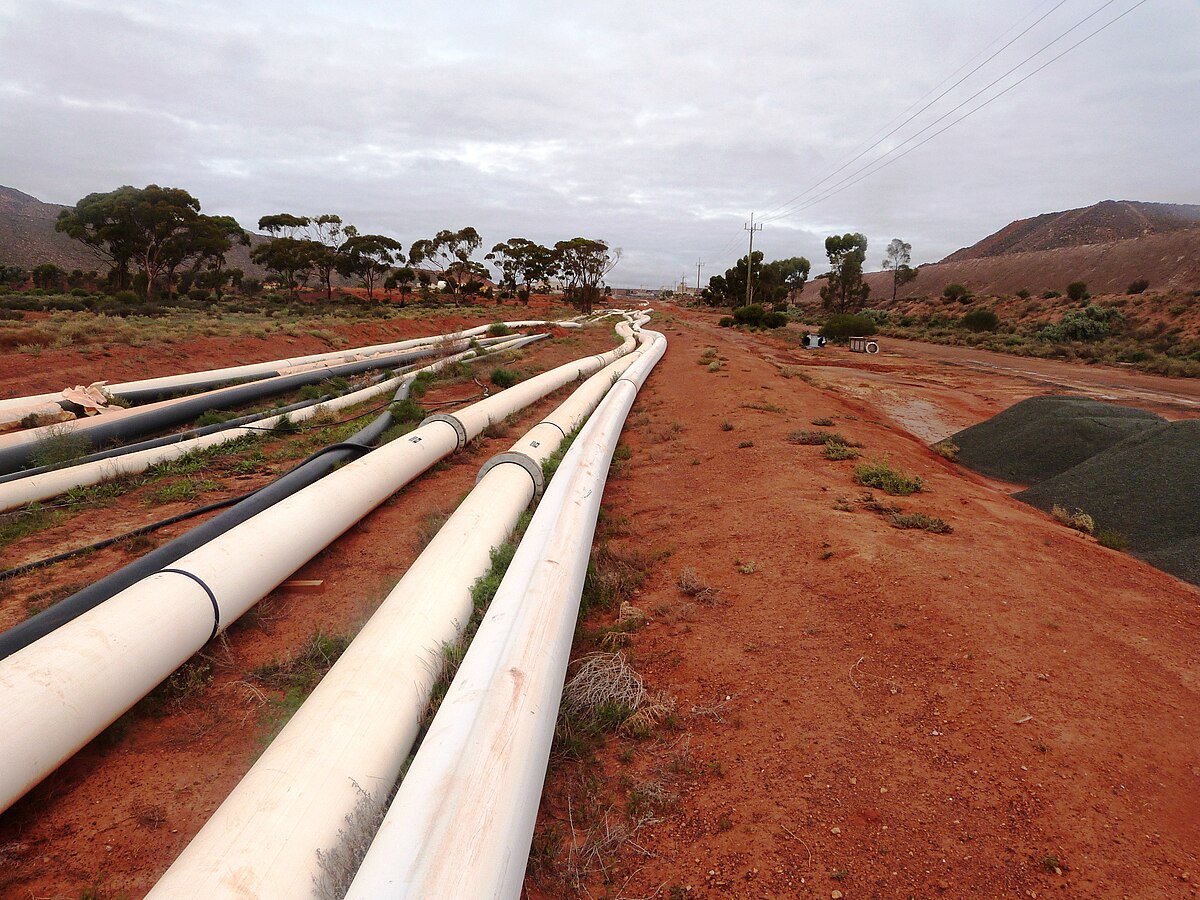Features
Real-Time Fire and Smoke Detection: Utilizes surveillance cameras along pipelines to detect smoke and flame signatures instantly. These systems are capable of operating 24/7, even in harsh weather conditions, ensuring constant protection for your infrastructure.
Remote Monitoring and Alerts: Provides real-time alerts to pipeline operators and emergency response teams, regardless of their location.
Scalable and Modular: The solution can scale to cover long stretches of pipeline, whether it’s a small section or an extensive network. It can be tailored to meet the unique needs of both offshore and onshore pipeline operations, adapting to the specific terrain and environmental conditions.
Key Benefits
- Early Detection and Prevention:By identifying fires and smoke early, the system provides a crucial advantage in preventing the spread of fire, limiting environmental damage, and protecting valuable infrastructure.
- Minimized Risk of Catastrophic Events:Immediate alerts enable pipeline operators to take quick action, preventing fires from growing out of control and reducing the potential for explosions or major incidents.
- Reduced Maintenance Costs:The AI algorithms help minimize false alarms, reducing unnecessary maintenance interventions and allowing for a more efficient use of resources.
- Enhanced Safety for Remote Areas:With most pipelines running through remote and hard-to-access areas, this system ensures constant monitoring, even when there is limited on-site personnel.
Applications
- Offshore Oil and Gas Pipelines:On offshore platforms and underwater pipelines, where fire risks are heightened due to flammable materials, lightning strikes, and oil spills. Real-time fire detection ensures quick intervention in a challenging environment.
- Onshore Pipelines in Remote Areas:Pipelines running through deserts, forests, or mountains, where the lack of immediate human presence makes early fire detection critical.
- Pipeline Stations and Valves:Fire detection can be applied to key junctions along the pipeline, such as pump stations, valve chambers, and storage areas, where the risk of fire from equipment failure is higher.


